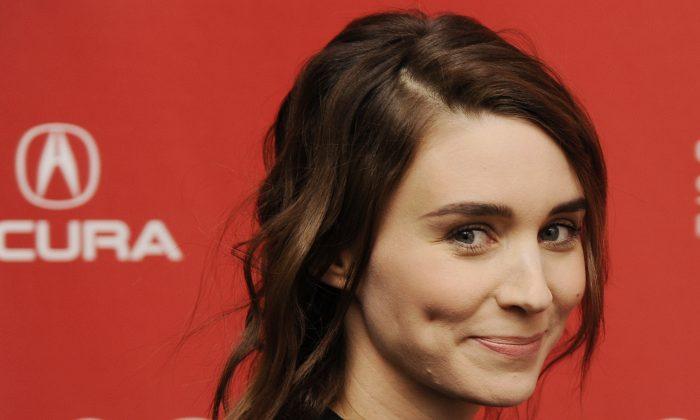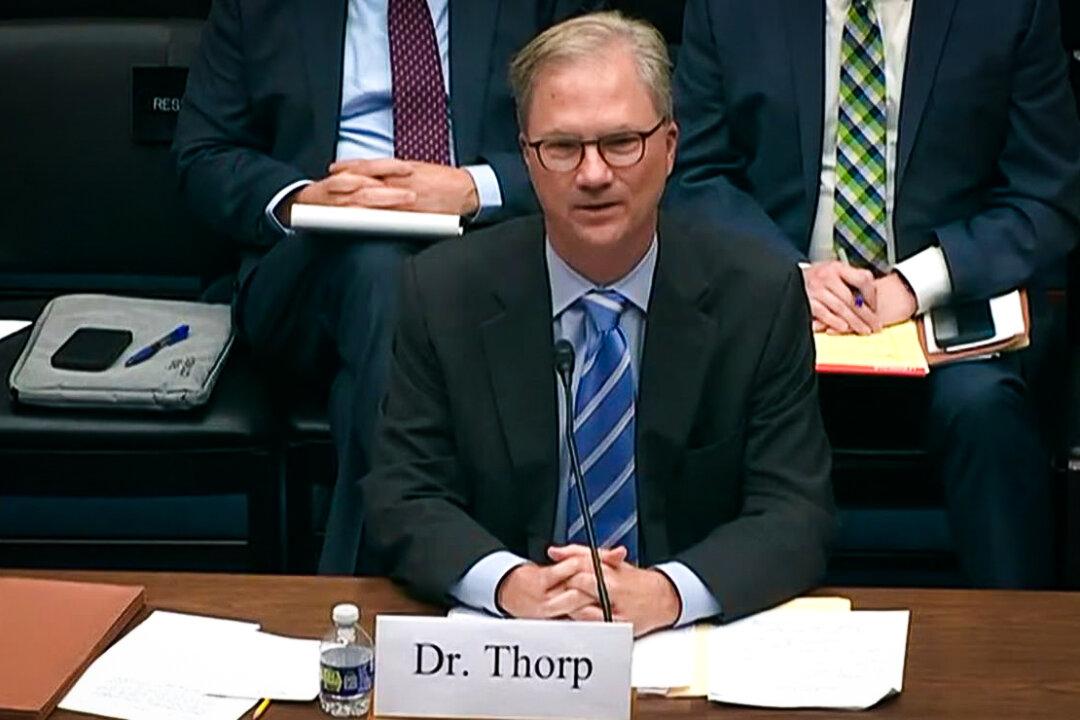Rooney Mara was chosen as Tiger Lily in the newest version of Peter Pan, “Pan,” over actresses such as Lupita Nyong‘o (“12 Years a Slave”) and Adele Exarcholpoulos (“Blue if the Warmest Color’”).
The casting choice has sparked heavy criticism as people believe that the character should be portrayed by a Native American.
Fans took to Twitter and other social media websites to express their displeasure over the choice.
“Rooney Mara is an incredibly gifted, insightful artist. But come on. You couldn’t find a Native American actress to play Tiger Lily!?!?” said one Twitter user, Jessica Jade Andres.
“We have MANY qualified Native actors to play Tiger Lily! So why are White actors still cast as ethnic characters?” said another, Ren Hanami.
Wall Street Journal writer Tao Jones accuses Hollywood of not adapting as the movie audience changes. “You continue to stubbornly resist growing and developing along with them,” he said, noting that Mara’s casting is the latest error.
‘Anyone who’s read the original J.M. Barrie novel or seen any of its many adaptations knows that Tiger Lily is written as an “Indian Princess,” the Native American kind — daughter of Great Big Little Panther, wise and noble chief of Neverland’s Piccaninny tribe,“ he said, noting later that ”even if Tiger Lily in this version isn’t written as Native American, rethinking her as ’someone who looks a lot like Rooney Mara‘ isn’t much of a ’reimagining of the environment’ of Peter Pan.”
Jones concludes: “By refusing to adapt, to progress — to grow up — you’re missing out on a lot of action, Hollywood. It’s time to drop the Peter Pan act and see what it’s like to live in a new and diverse century. Because that place you’re living in now, where people of color are cartoon stereotypes, or seen but not heard bystanders, or mysteriously replaced with white people — that’s Neverland. And it’s never coming back.”






Friends Read Free